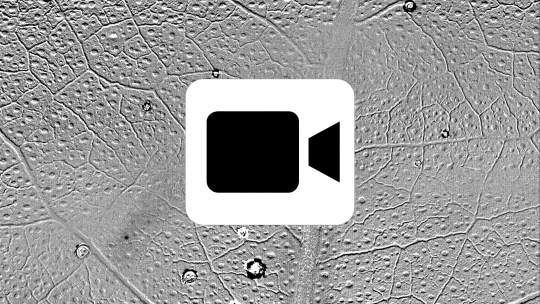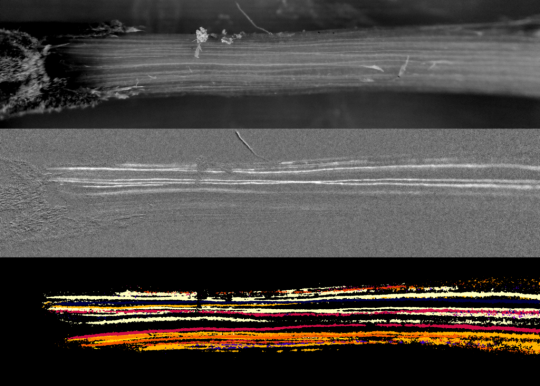OpenSourceOV
The application of the optical technique using 3D-printed materials integrated with small digital cameras and micro-controllers/computers offers exciting opportunities to develop a range of devices that can capture, process and analyse the effect on drought on plants in entirely new ways.
The latest Pi, for example, ships with onboard Wi-Fi and Bluetooth, can be connected to a network and the internet, and can be programmed using any modern programming language, which means it can utilise all the best libraries for image processing and scientific analysis. Temperature, humidity and numerous other sensors, add-ons and components, can be incorporated using the general purpose input/output (GPIO) pins that come standard with each board. And that’s all using a computer the size of a credit card. Oh, and then there’s the Pi Zero which can do all this but at half the size…
The Open Source Optical Vulnerability (OpenSourceOV) project has two goals:
- Provide an online repository of instructions, resources, and guides for using the optical method. This includes build instructions for the integrated clamp, plus scripts, supplier lists, articles, and links to relevant learning materials.
- Encourage community development of OpenSourceOV resources. All the content has been released under an OpenSource license, which allows anyone to copy, amend, sell, and distribute any of the content. All written guides, instructions, lists and scripts, are hosted on Github, which is a collaborative platform that allows anyone clone and modify shared material. The 3D-printable files and models have been made available on Tinkercad and thingiverse, which means they can also be easily cloned and modified. If any of this content has been useful to you then consider contributing your modifications, improvements, alternative builds, devices, and materials back to the project for the rest of the community to benefit. See contributing for more information.
The vision of the OpenSourceOV project is an ecosystem of community-developed devices and software that utilise a range of optics, electronics, and image processing techniques to visualise the effect of water stress on plants.

 Play
Play
Acacia dealbata
Stem xylem conduits embolising in Acacia dealbata. Comparison of original, difference and processed stacks. Captured using the new hand-lens clamp.